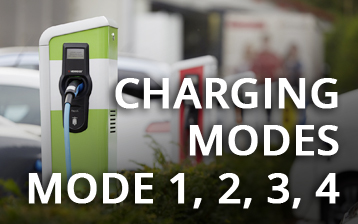These are 4 charging modes that allows to recharge the electric car: with or without security devices, private and public charging points, in the domestic and industrial sphere.
Mode 1
It is a recharge that occurs in alternating current (CA), up to 16 A, through a domestic or industrial socket and there is no protection and communication with the vehicle.
» Mode 1 is typically used for light vehicles, for example electric motorcycles.
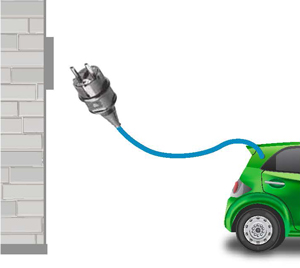
Mode 2
It is a recharge in AC through a domestic or industrial socket that has an integrated protection device in the charging cable.
The protection device said “Incable Control Box” (ICCB) has the function to regulate the power and to monitor security parameters (e.g. to integrate a differential protection)
» This mode is typically used in the domestic and industrial sphere, not for recharging open to third parties or public.
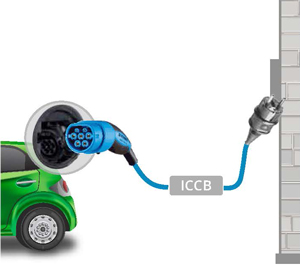
Mode 3
It is when the electric vehicle is connected to a charge point (EVSE) that provides: to communicate with the vehicle through a PWM protocol, to absolve the function of differential protection and magneto-thermal motor protector and to manage the approval and the appropriate security checkpoints.
» With this mode, the vehicle can be recharged in three-phase power up to 63 A (about 44kW) in both private and public environments, through Type 2 charging plug and connectors.
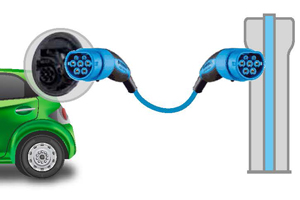
Mode 4
It is when the recharge is through a charge point in direct current (CD) which is equipped with control and protection functions.
» It can be equipped with Type 2 charging plug for currents up to 80 A, or with Combo Type for currents up to 200 A, with a power up to 170 kW.
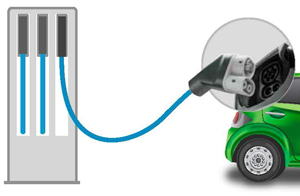
The charging device communication with the vehicle
Modes 2, 3 and 4 are those that allow the charging device communication with the vehicle; before the beginning of the recharge process a communication as PWM type starts, and different parameters are exchanged and synchronized:
- the maximum power allowed by the cable,
- the maximum power of the charge point and of the device inside the car, etc.
When all security issues are compliant, the supply is enabled and the charging can start.





